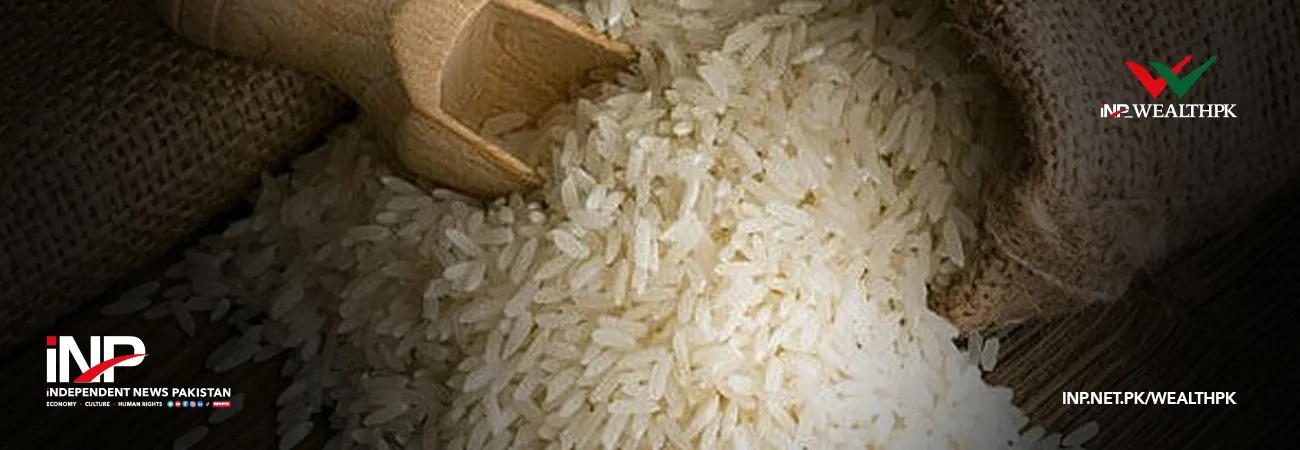INP-WealthPk
By Muskan Naveed ISLAMABAD, Mar 2 (INP-WealthPK): The power sector remains to be one of the major pain points of the Pakistani economy. The sector has deep-rooted issues which requires structural changes. Circular debt is mounting over the already-burdened Pakistani economy. Circular debt is a vicious cycle of the shortfall of payments by various stakeholders in the energy sector. The Central Power Purchasing Agency (CPPA) does not receive outstanding payments from government-owned distribution companies (DISCOS) as well as privatized firms. Cashflow insufficiencies lead to the CPPA’s inability to make payments to other stakeholders like government-owned generation companies (GENCOs), independent power producers (IPPs) and National Transmission and Dispatch Company (NTDC). Subsequently, the IPPs and GENCOs fail to clear their payments to local and international fuel suppliers and refineries. The power sector’s circular debt has broken all records and has reached an all-time high of Rs2,476 billion during the first half of fiscal year 2022. The breakdown of the circular debt is as follows: Rs1,492 million is payable to power producers, generation companies owe Rs79 billion to fuel suppliers, while Rs904 billion is being held at Pakistan Holding Limited (PHL). Distribution companies are largely responsible for inefficiencies in the energy sector but structural issues at every level in the sector work in tandem to lead to the larger problem. There exists a huge gap between the cost of power generation, its transmission and distribution and the money collected from end users. Electricity transmission cannot increase from 25,000 megawatts, while Pakistan has an installed capacity of 39,000MW, and capacity payments are made to IPPs which puts undue pressure on the nation. Moreover, already inefficient power plants run on furnace oil which further adds to the problem as furnace oil is costly due to rising global prices & decreasing local gas supply. The National Electric Power Regulatory Authority (NEPRA) has set the limit for losses at 17% - anything beyond this level surmounts to the circular debt. According to NEPRA’s State of Industry report, the losses for all DISCOS are higher than the target set in 2019-2020 except for GEPCO, TESCO, FESCO and MEPCO. The government has revised its Circular Debt Management Plan in an effort to slash down circular debt. Ammar Khan, Energy Economist and Group Chief Risk Officer at Parwaaz and Karandaaz, regards the distribution and transmission to be the way out from circular debt – and overall inefficiency in the power sector. The economist told WealthPK, “The breakdown of the tariff is as such: 30% is taxes, another 30% is distribution transmission costs, the rest is capacity payments. Energy payments are a very small portion of the overall energy bill and they can only be reduced to a certain extent. Capacity payments will gradually take over.” “What we need to focus on is transmission and distribution losses. There has been barely any work on improving distribution efficiency or distribution companies or on reducing transmission losses. This can be done through privatization of distribution companies; however, even if we do not privatize, we should at least be reforming DISCOS,” he said. “For reform, we need competition in transmission and distribution. This can be done by allowing solar energy to be used everywhere and net metering – which will make DISCOS more profit-oriented and; hence, efficient,” Ammar Khan told WealthPK. When asked whether reform in the whole sector is possible, Ammar Khan said, “Pakistan has covered up the power generation front and the only problem remains to be DISCOS. K-Electric is a good model and is also a testament that reform in DISCOS is certainly achievable.”













